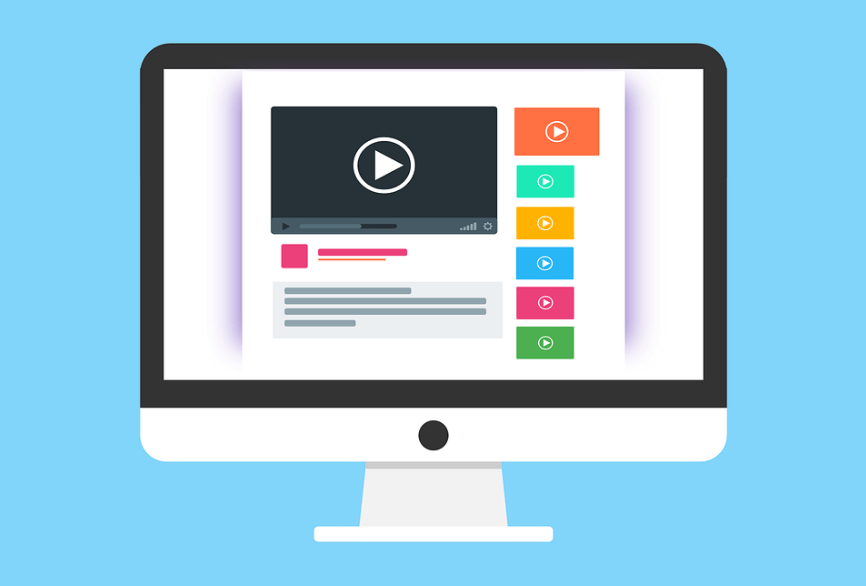It’s undeniable that digital videos have greatly influenced our day-to-day culture. Online video-sharing sites like Youtube, Metacafe, and Vimeo reached millions in monthly audience numbers. With videos becoming more popular, it’s only expected to have spread to the education system.
The use of videos in learning and teaching serves to benefit students, teachers, the affiliated institutions, and even the entire school system. Software company Kaltura has conducted a study in 2015 and found that 93% of teachers believe that using educational videos promotes a better learning experience. They also break down barriers, like student and campus location, that were once unimaginable. Below are more specific reasons why utilizing videos is essential in education.
Accommodates Shorter Attention Spans
When teachers choose a video for their course, they must also keep in mind its length. A thirty-minute video must not be played in just one sitting.
The average attention span of students 7-15 minutes, which highly depends on their age. Anything stretching past that timeframe will be ‘wasted’ time, as students won’t remember very much. A video can be paused every once in a while so that discussions can be carried. Then, when it’s continued, everyone can go back to concentrating again.
Most great educational videos come in shorter modules that accommodate a student’s shorter attention spans.
Visual Stimulation Attracts the Attention of Students
Nowadays, students tend to expect to be visually stimulated, and only a few respond favorably to just text. Visual stimulation promotes student interaction with a concept or content. It also generates a more significant memory imprint in a student’s mind, which makes teaching using videos ideal for information retention.
Teachers also have to take into account that sometimes the notions they discuss are way past the realities and experiences of their learners. Requiring students to compose a descriptive paragraph about being on an airplane is a great example. It assumes that every student has boarded one. Those who haven’t won’t have an inkling of where to begin. Showing them a video of an airplane’s interior provides them the insight necessary to describe it.
Videos are good for illustrating practical concepts, which are best taught step-by-step. When students struggle with an activity section, all a teacher has to do is pause the video, allowing them to catch up. Students are gifted with the same option while using the videos by themselves.
The Availability of a Variety of Videos
Given that teachers can use education videos in plenty of ways, teachers must explore alternatives when picking videos. Considering the videos they can use and have access to, they can determine how to utilize them. A teacher can resolve if a video is appropriate for extension work, introduction, etc. The footage they pick must be ‘fit for purpose,’ meaning it needs to meet its intended purpose.
A teacher guarantees that a student can use the video and has the proper equipment to use in class. Also, teachers can choose from a massive amount of content. Taking a little of their time to see several videos to discover the right one is necessary.
Stimulates of Higher-order Learning
Using videos in education stimulates the cognitive process of decision-making, thinking, problem-solving, creating, and reasoning. Videos take students past recall-and-relate activities. Use videos to promote further engagement with the content and engage the watchers with more elaborate themes.
Critical thinkers who use lateral thought to develop solutions are valuable in today’s challenging economic and social environment. When we promote this mindset early on in a student’s life, it’s predicted to be an essential part of their approach. Critical thinkers tend to recognize opportunities instead of problems. Using videos as a supplementary resource to encourage students to think outside the box shouldn’t be undervalued. Any approaches that challenge students to surpass the scope of banal, standard thought processes should be included in the classroom.
Video Highlights Digital Literacy
Students must not see digital literacy and the school as separate entities. They should regard them as integrated education components. Furthermore, digital literacy skills are imperative during the 21st century and are a prerequisite for almost every job. The more you exposed students to it at school, the more proficient and confident they will get. Students that film, edit, and show their videos learn valuable skills.
Using classroom videos is efficient when complemented by appropriate equipment. A slow internet connection or the wrong screen can ruin the video’s impact. Teachers should use videos on various platforms, depending on the type of equipment available and video quality.
Exponentially Extends Remote Teaching Opportunities
The online course market is flourishing. More and more institutions begin to capitalize on this trend by utilizing online videos. This reaches more students and boosts the institution’s earning capacity. Also, the usage of videos for online courses suggests that institutions don’t have to hire full-time staff to teach a class.

